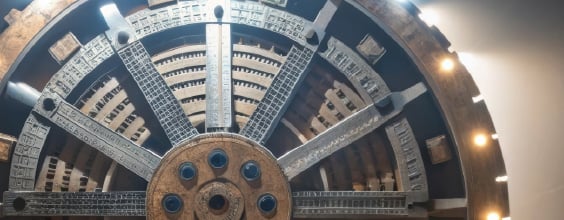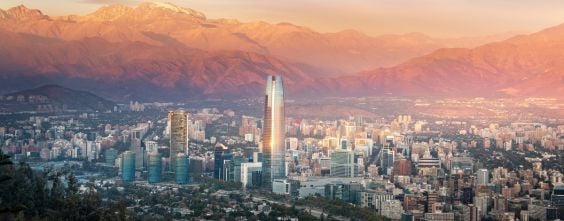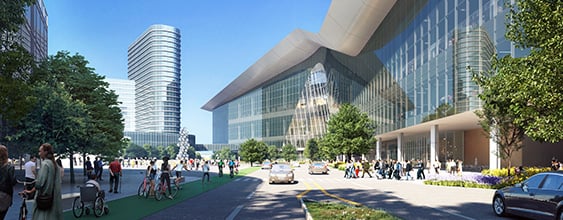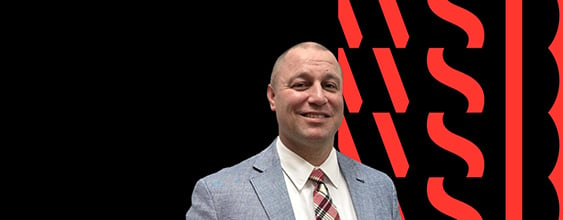Four talented WSP movers and shakers shared their perspectives on the challenges they face as women in the engineering field and how their critical roles on projects are motivating and inspiring them, while shaping our nation’s infrastructure.
We spoke to Ariel Coreth (Power and Energy), Eryca Dinsdale (Advisory and Planning), Jameelah Muhammad Ingram (Transportation and Infrastructure), and Manalee Jayant Nabar (Property and Buildings).
What Energizes You the Most About One of Your Current Projects?
Ingram: I am the commercial manager on the Washington Metropolitan Area Transit Authority’s Bladensburg Bus Garage Reconstruction project. We are creating a modern bus operations and maintenance facility to support a transition to a zero-emission bus (ZEB) fleet and contribute to air quality improvement. It is exciting that the Statue of Freedom, which sits atop the U.S. Capitol Dome, may have been cast at a foundry formerly located on this project site. Paradoxically, it was the ingenuity of Philip Reed, an enslaved laborer, that led to its successful casting.
Coreth: I am the project manager for a large-scale microgrid project known as the Maintenance Transportation Operations Center (EMTOC) in Montgomery County, Maryland. This microgrid features electric bus-charging and on-site green hydrogen production fueled by solar and battery energy storage. This is the first microgrid on the east coast to feature green hydrogen production and happens to be the largest renewable energy bus depot in the U.S. It is really cool stuff. It has been a fun ride because there’s no explicit code language for permitting integrated microgrid infrastructure such as this—especially the solar array canopies themselves. Even the people assessing and permitting the project are discovering what goes into a microgrid of this scale.
Nabar: Currently I’m working on the mechanical design for a new 72-megawatt ground-up data center. The requirements of redundancy all the way from the central cooling plant down to the individual valves on the piping are staggering. Designing project infrastructure so robust that it will most likely never see a downtime is a thrilling undertaking.
Dinsdale: My work right now helps agencies and organizations transform their capabilities, service delivery and outcomes. With my capital delivery and operations experience as a backdrop, I focus on integrating executive-level vision with the front-line reality. Whether it’s people, processes, data or technology, I create actionable steps that drive the organization forward, usually projects like agency strategic business plans, organizational assessments and governance strategies. I’m developing a strategic plan for a major transportation agency, setting the vision and goals to transform service delivery.




















